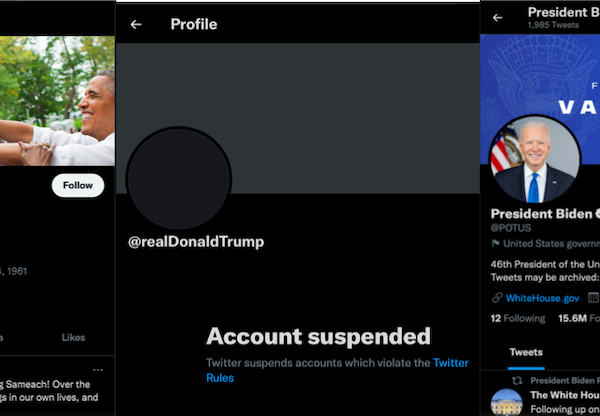Do newspaper stories deviate from its corresponding Twitter updates? Three researchers looked for the answers, examining US media coverage of the 2014 Ebola outbreak.
Xueying Zhang, Bijie Bie and Andrew C. Billings from the College of Communication and Information Sciences at the University of Alabama examined the coverage of The Wall Street Journal, USA Today, The New York Times, Los Angeles Times and The Washington Post. Samples were collected from broadsheet and corresponding Twitter pages.
Newspapers’ articles and Twitter updates showed similar trends in the fluctuation of news frequencies following key events. However, they often did not correspond in terms of types of content forwarded to the masses.
Compared to their Twitter accounts, newspaper articles used significantly more conflict, responsibility, consequence and savior frames. Their Twitter accounts posted more frames of updates, scientific evidence and actions, compared to other frames they posted, although the Twitter accounts did not use these frames more intensively than did their traditional counterparts.
Newspaper articles also used more alarming and reassuring tones than did Twitter posts, while a significantly greater proportion of tweets contained a neutral tone.
Journalistically, it is difficult to introduce the “five W’s” within 140 characters, raising the difficulty in delivering emotionally loaded content. On the other hand, newspaper articles take advantage of space for developing multiple frames to question the government, project consequence and analyze actions being taken, which usually requires an introduction of updates and involvement of scientific explanation.
To read the full text of the study:
Zhang, X., Bie, B., & Billings, A. C. (2017). Newspaper Ebola articles differ from Twitter updates. Newspaper Research Journal, 38(4), 497-511.








